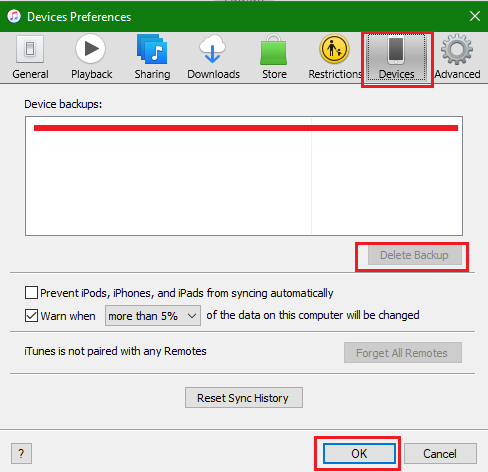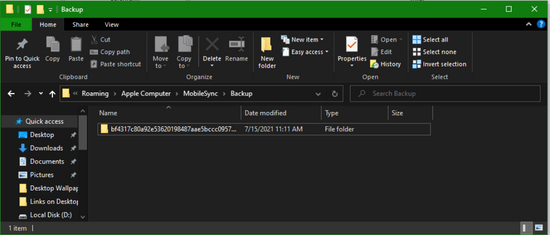How To Delete IPhone Backup From My Computer?
How to delete iPhone backup from my Computer? Managing backups manually on your PC no longer works. As of macOS Sierra, Apple has added a new feature that allows the iCloud automatic backup system to directly store files in your computer's iCloud drive. This also causes problems with moving, deleting or locating backups. So how do you manage iCloud-based backup storage in Sierra? In this article, I'll show you the way to manage automatically created backup for all users along with tips and tricks for locating those backups.

A personal computer and an iPhone are often a complicated combination. First of all, the phone manufacturer and the OS developer of a PC are probably eternal rivals in the computer world. But, it is already accepted today that when it comes to computers, the PC setup run by Windows is the most commonly used, and the iPhone is the most popular brand of smartphone.
So, it is already a common case if one person has an iPhone and a PC. When that person wants to connect iPhone to a PC, the gateway is the ‘iTunes’ program. Once the iPhone is connected, it will automatically create a backup. This can be annoying because it consumes the needed space in the PC, and therefore, we will be learning how to delete that backup.
How to Delete iPhone Backup?
First of all, the iPhone needs not to be connected to the PC. This has to be done after all the data transactions and removal of connection granted that the backup automatically made is unwanted. There can be two ways on how to delete an iPhone backup. This can be through iTunes itself or manual deletion.
Using iTunes
Although iTunes is quite responsible for the unwanted creation of the backup in the first place, it can also delete it. To proceed, here are the steps:
- You need to open the iTunes program.
- Next, select ‘Edit’ on the menu, and then select ‘Preferences.
- Then, choose the ‘Devices’ tab.
- Select the Apple product that is being backed up from the list and click the ‘Delete Backup’.
- And then, click ‘OK’.

Though the steps can differ depending on the version of iTunes you have, you will definitely find similar patterns arriving on the same result.
Through Manual Deletion
This method can be tricky since you have to go through a lot of file directories in order to delete it. To uncover the backup files, you have to set the folder options into “Show Hidden Files” within Windows Explorer.
- The location of the file can differ a little bit based on what Operating System version your Windows is.
For Windows 7, the location is ‘C:/Users/AppData/Roaming’. You can type ‘%appdate% on the search bar when you press the Start Key (the one with the Windows logo on the taskbar).
For Windows 8 and 10, the location is ‘C:/Users/YOURUSERNAME/AppData/Roaming’. You can still access the file directory through the same method for Windows 7. - Afterwards, you go to the ‘Apple Computer’ folder, then the ‘MobileSync’ folder, and lastly the ‘Backup’ folder.

When you see a bunch of folders with very strange filenames containing plenty of numbers and letters combined, then you can proceed to the deletion. However, to delete a specific backup only, take a look at the ‘Date Modified’ or ‘Date Created’ and compare the time and date.
If it somehow corresponds to the time you connected your iPhone to the PC, then you can select that and press delete. Once deleted, it will probably still remain on the ‘Recycle Bin’. You can delete it there so that you will regain the space needed.
Summary: Delete iPhone backup from my Computer
- Open iTunes on your computer.
- Click the Edit menu.
- Select Preferences.
- Click the Devices tab and find the iPod, iPad or iPhone backups that you no longer need.
- Right-click the name of your iPod, iPad or iPhone, then choose "Delete Backup".
- Confirm deletion. Then you can see the backup has been deleted.
Conclusion
Although it takes a couple of encounters to get familiarized with the process, you will get the hang of it. Backups don’t pose any harm and, in fact, they are even useful. But if storage is more important, then you can proceed with the deletion.